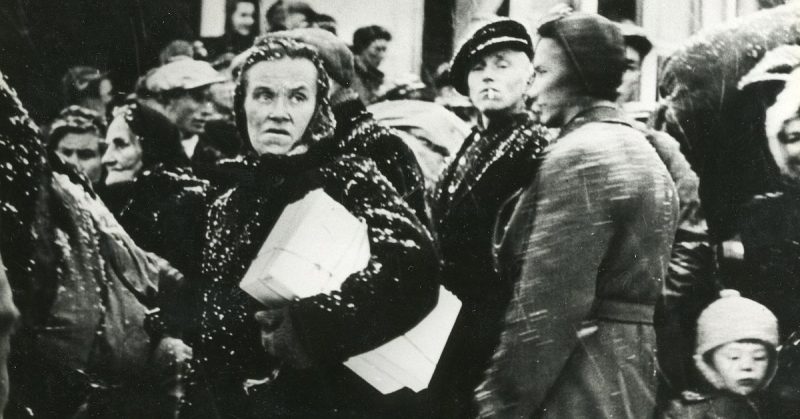In the first half of the 20th century, as part of the study of eugenics in Sweden, a program was launched for compulsory sterilization. According to various estimates, it affected 63,000 women. Sterilization in Sweden continued until the 1970s when it was canceled and recognized as a crime against humanity.
Sterilization was considered voluntary but, in fact, it was not. It was intended to prevent reproduction by people who were not “Aryan” or who were considered carriers of defective genetic traits.
In 1921, the State Institute of Racial Biology was established in the Swedish city of Uppsala. Its main task was to study the problem of human degeneration caused by the mixing of races.

The idea to create this institution was put forward by the Social Democratic faction, and later it was unanimously approved at a meeting of the Swedish parliament.
A former Prime Minister of Sweden, Hjalmar Hammarskjold, was appointed as the head of the institute.
Soon, the cities of Uppsala and Lund became recognized as international centers for the study of racial problems. The conclusions of their scientists were unconditionally recognized in a number of other countries, particularly in Germany.
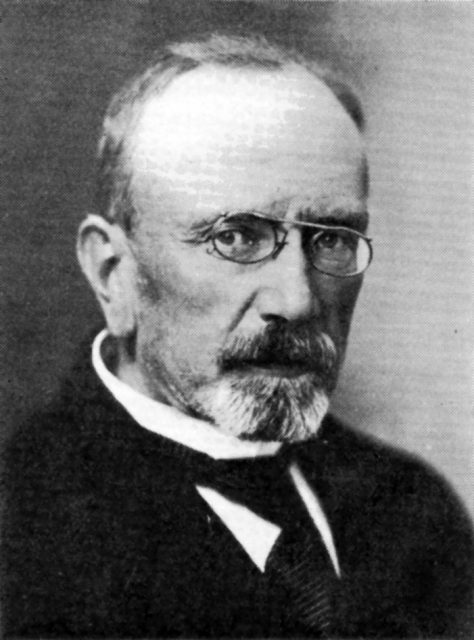
Historian Maya Runis who studied archival documents came across a letter that shocked her. ”It was a letter written by a priest to the police. He complained that the 13-year-old was unable to learn the catechism. It was the end of the 30s. That was enough for the girl to be sterilized!”
In the early 1930s, the Social Democratic and Peasant Party of Sweden called on the government to take measures to prevent the degradation of the Swedish nation. Research by scientists at the State Institute for Racial Biology had purported to show that the degradation of the Swedish nation was caused by a violation of its purity.
The next obvious step for the authorities was to prevent people who entered into interracial marriages or “ethnically inferior inhabitants” from having children.
In July 1933 in Germany, based on the recommendations of scientists involved in eugenics, the Law for the Prevention of Progeny with Hereditary Diseases appeared.
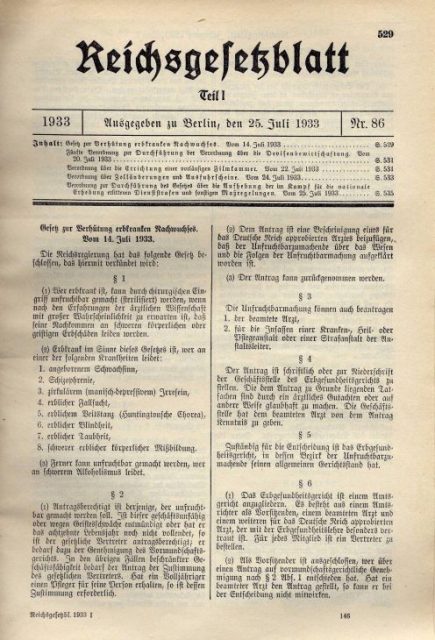
Adolf Hitler signed the law and 200 eugenic courts were created specifically to control its implementation. In 1934, a similar law appeared in Sweden, but the sterilization of “inferior” residents was an exclusively voluntary procedure. Unsurprisingly, there were no volunteers for sterilization, so the law needed to be changed.
The influx of ethnically unacceptable foreigners into the country was limited. In the 1930s, mass demonstrations were held in Sweden against the arrival of Jews in the country.

Such events were organized by the government, which used the fictitious “voice of the people” to achieve racial purity goals.
The peak of the wave of sterilization of “inferior” women and the castration of men occurred in 1946. After the Nuremberg process, this practice of sterilization was universally declared criminal and barbaric.
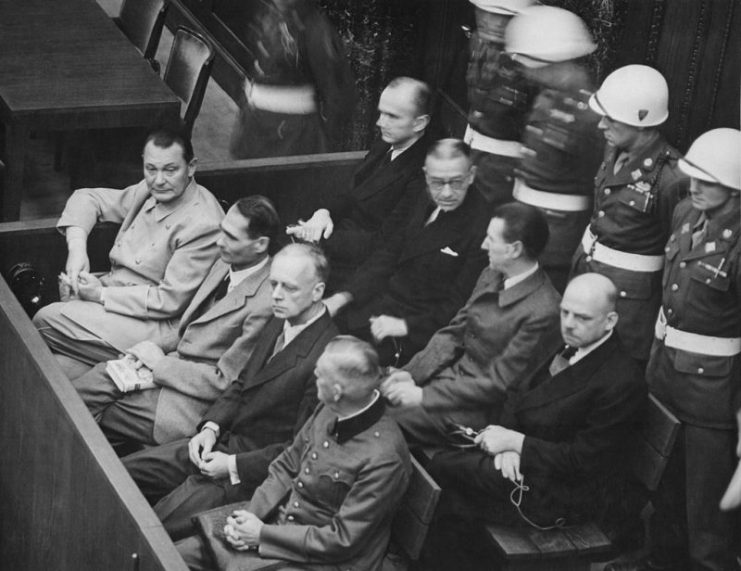
Regardless of such research, Sweden did not stop the racial cleansing of the population. However, it did cease focussing the attention of its population on the procedure.
Women were summoned to social welfare offices. There they were informed about the upcoming operation. Those who tried to refuse were intimidated by forced imprisonment in mental hospitals, deprivation of parental rights, or government benefits.

The whole process ended with the signing of a paper for voluntary consent to the operation.
Soon, the definition of inferiority was expanded to include asociality. At the end of the war, “voluntary castration” of dangerous criminals and men with unusual or excessive sexual desires was added to the law.
The State Institute of Racial Biology was renamed the Institute of Human Genetics, and in 1958 it was absorbed by Uppsala University. In addition, references to racial inferiority were removed from the law on the sterilization of the population.
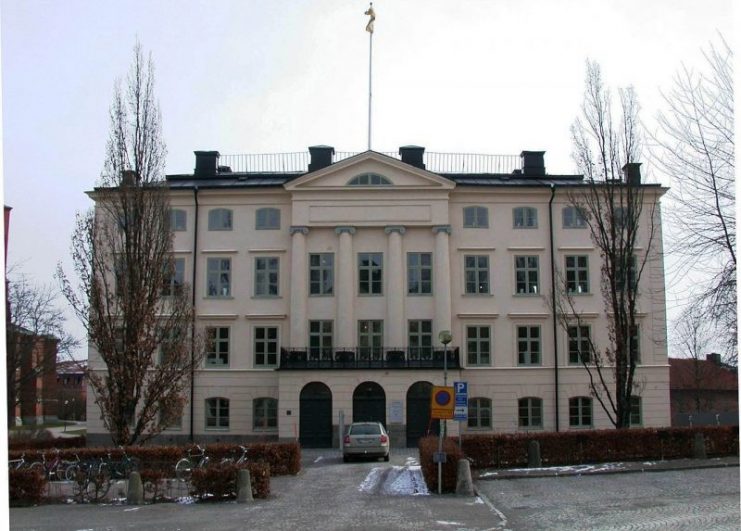
In 1964, Sweden finally liberalized sterilization legislation, but the process itself continued. The last process to sterilize a mentally disabled Swede took place in 1976. This did not attract public attention, as had the previous 60,000 sterilizations of women.
For many Swedes at the time, the sterilization process was natural and did not raise questions.
In accordance with the law, women and men were subject to sterilization if the social welfare or health authorities declared them racially or mentally deficient. People who did not meet recognized Aryan standards of appearance or who had extremely poor learning abilities also fell into this category.
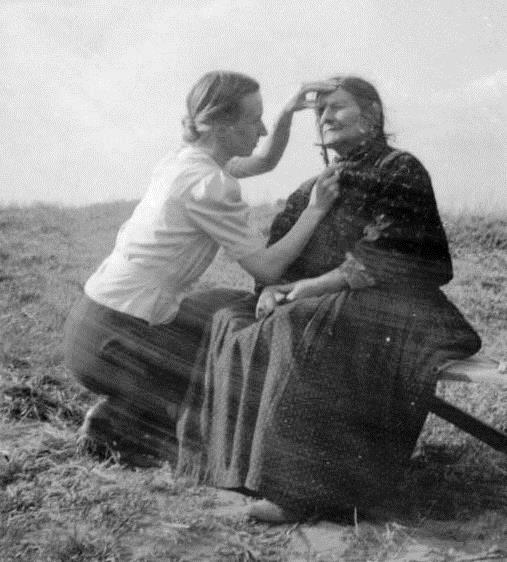
One of the victims, Maria Nordin, 72, said, “I began to see poorly in early childhood. But my parents did not have enough money for glasses. At school, I could not see, sitting at the desk, what the teacher wrote on the blackboard, but was afraid to say.
“I was recognized as mentally retarded and sent to a boarding school for mentally disabled children. At seventeen, the principal gave me some papers to sign. I knew that I had to sign them.
“The next day I was sent to the hospital and underwent surgery. They told me that I would never have children.”

Violent operations ceased in the 1970s, after a worldwide shift in attitudes towards disabled persons and mentally disturbed people.The world community pointed out to Sweden that the use of sterilization was a Nazi method.
The growth of the feminist movement also contributed. However, they did not oppose sterilization per se, only the fact that in 90% of cases women were subjected to operations.
Read another story from us: Swiss & Swedish SS volunteers Fighting to “Save” the World From the Jews
Soon, a special commission of inquiry was created, and compensation began to be paid to the victims.In 2003, the Swedish government ended up paying women who were сompulsory sterilized between 1935 and 1975.
Since 1999, approximately 1,700 people have received almost 300 million crowns (33 million euros), or 175 thousand crowns (19,200 euros) each.
It is known that only 20% of claims for compensation were satisfied. Many people claimed that they were сompulsory sterilized, but did not have any documents confirming this fact.
